Books like Counting The Stars don’t get the respect or attention that they deserve. They’re illustrated books at a middle elementary school reading level, but might be intimidating to some readers in that age group. Normally an illustrated book has the impression of it being geared as one that’s simple to read and expresses easy concepts. Counting The Stars does that, but it does so with more advanced paragraphs and introduces children to Katherine Johnson. She’s the NASA mathematician who many people (including myself) were first introduced to via the film Hidden Figures.
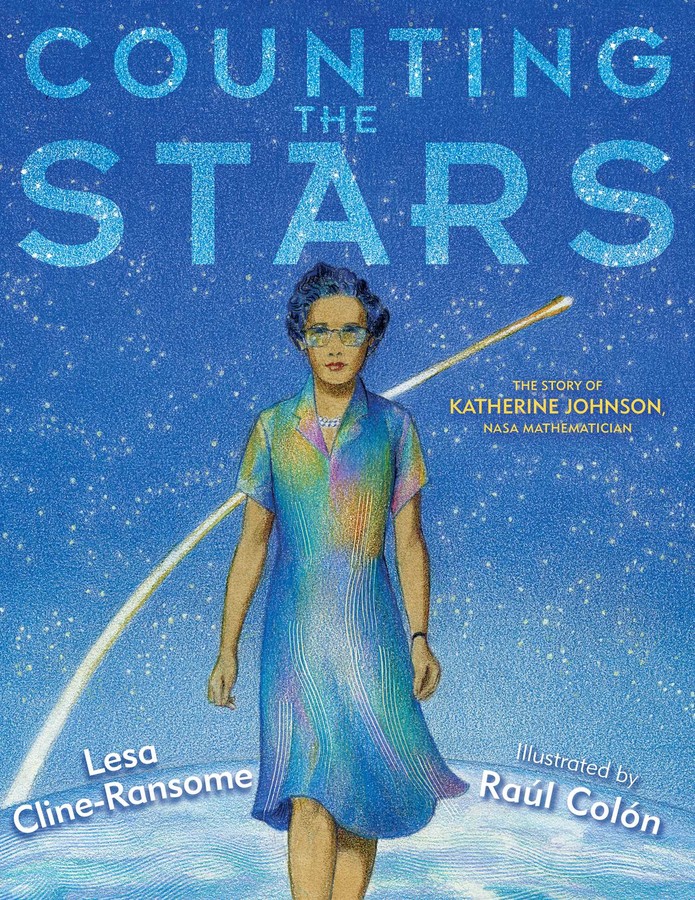
There have been various books about Johnson that were aimed at adult readers. Think of Counting The Stars as an entry level book on the mathematician for children, a reluctant STEM, non-fiction book for middle school students or read along book for those elementary school kids who are curious about space. It’s a great book whatever angle you approach the book from.
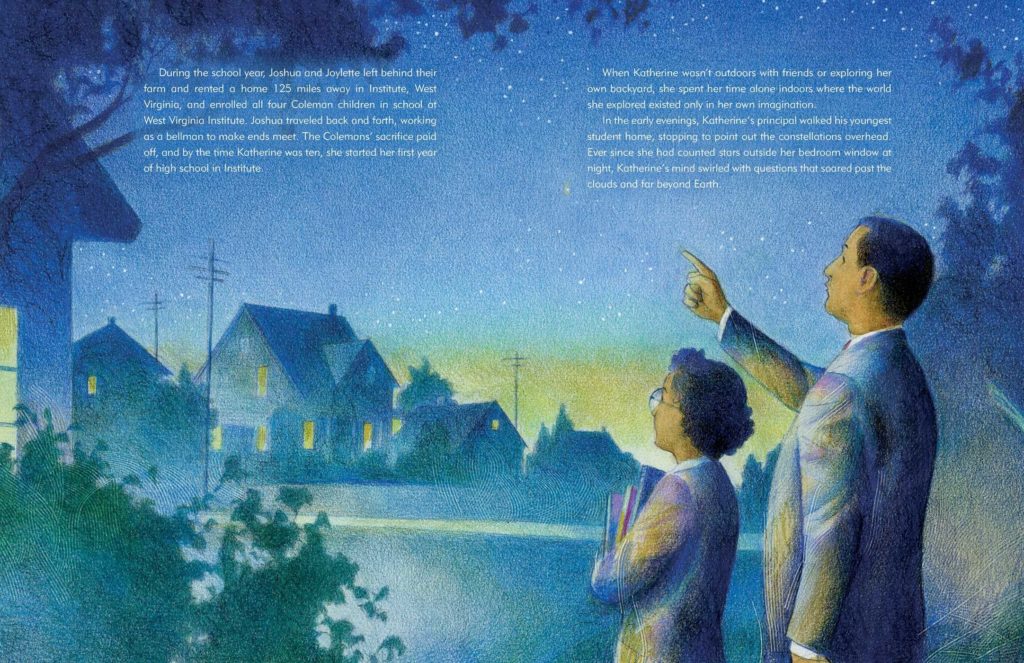
Counting The Stars looks at Johnson’s life from when she was a child. It spells out the lack of education that her father had and how he had an amazing knack for figuring out calculations. Her mother was a teacher and he was a farmer, yet he could do math quicker and more accurately than anyone she knew. Johnson seemed to have been given that gift too because on the day she should have gone into kindergarten she went into second grade. She consequently skipped a couple more grades and started high school when she was 10.
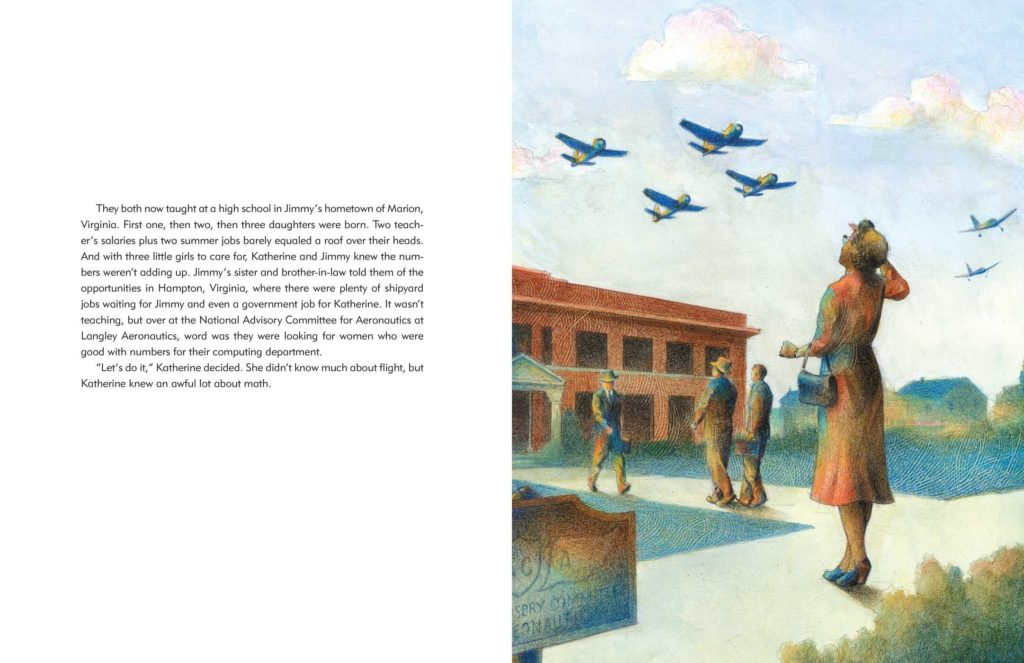
When her high school was ending in 1933 she was thirsty for more knowledge, but the Great Depression was beginning and segregation was still tacitly in effect. She taught for a while, met her husband and word came around that Langley Aeronautics was looking for people who were really good with numbers.
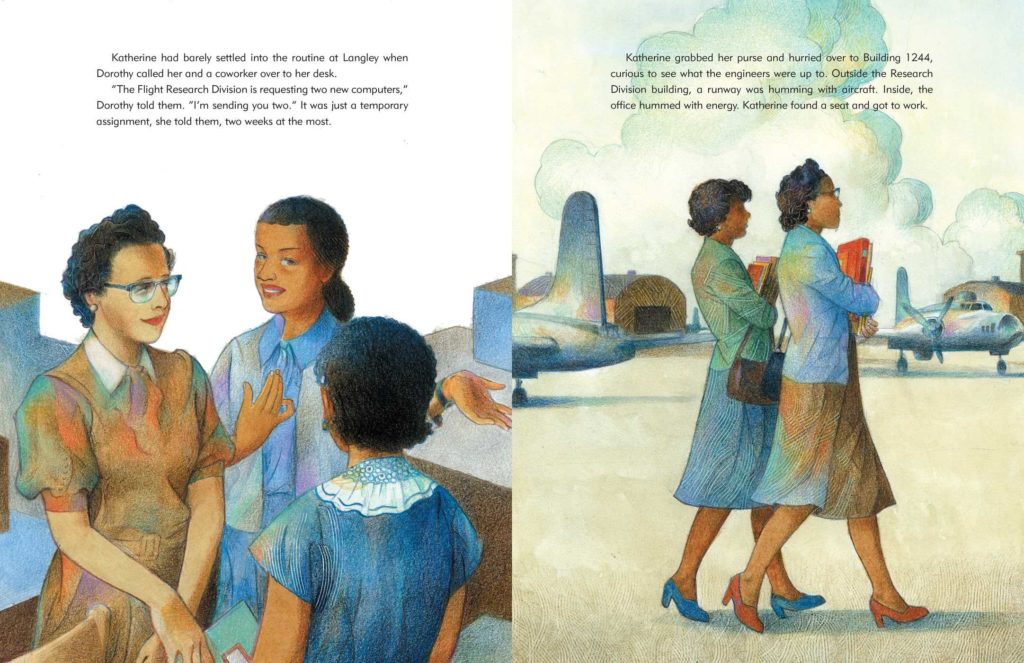
She started work there amidst the sexist current that women aren’t able to compute such complex calculations. Despite that atmosphere, as well as the lingering effects of segregation, Johnson excelled and quickly made a name for her as the ‘human computer’. When the space race kicked into high gear with Russia launching Sputnik in 1957, NASA seemed ready, but was caught a little flat footed.
In 1961 Russia launched the first man into space. Shortly after that, Johnson spoke with the head engineer at NASA and told him that she’s help get the United States into space. Her work became so integral to the Mercury-Atlas rocket project that John Glenn requested her calculations by name. He was feeling dubious about some of the trajectories and wanted the human computer to double check things.
Lesa Cline-Ransome wrote the book and Raul Colon did the illustrations. The book is appropriate for elementary school students, but the text will be too challenging for those younger than third grade to read without assistance. That’s OK because this is a great read-along book for those ages. The content, thanks in part to the art, is going to be engaging and fun for those 5 and up.

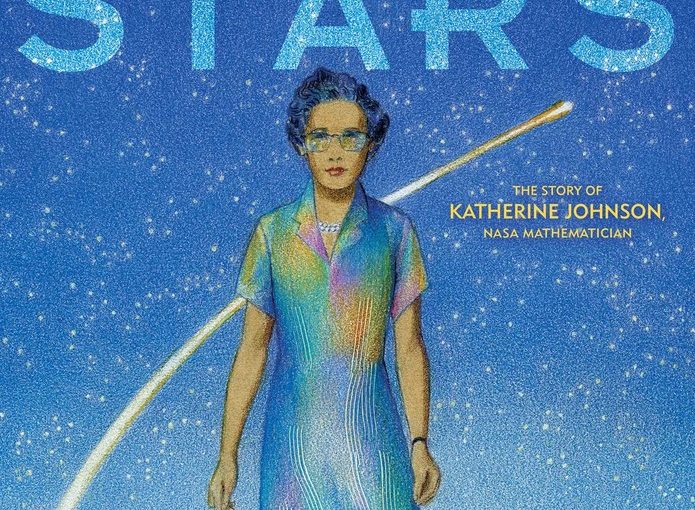



 Facebook
Facebook Twitter
Twitter Flickr
Flickr GooglePlus
GooglePlus Youtube
Youtube